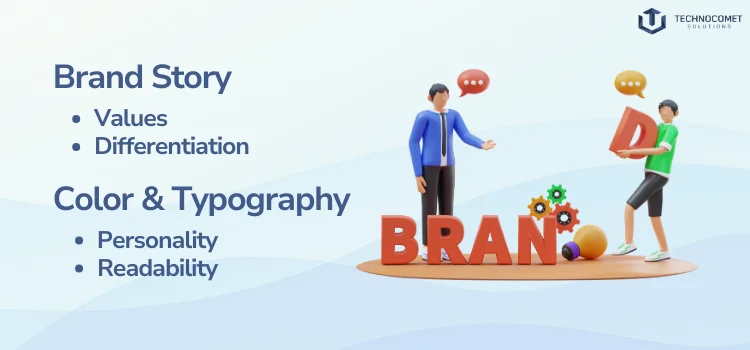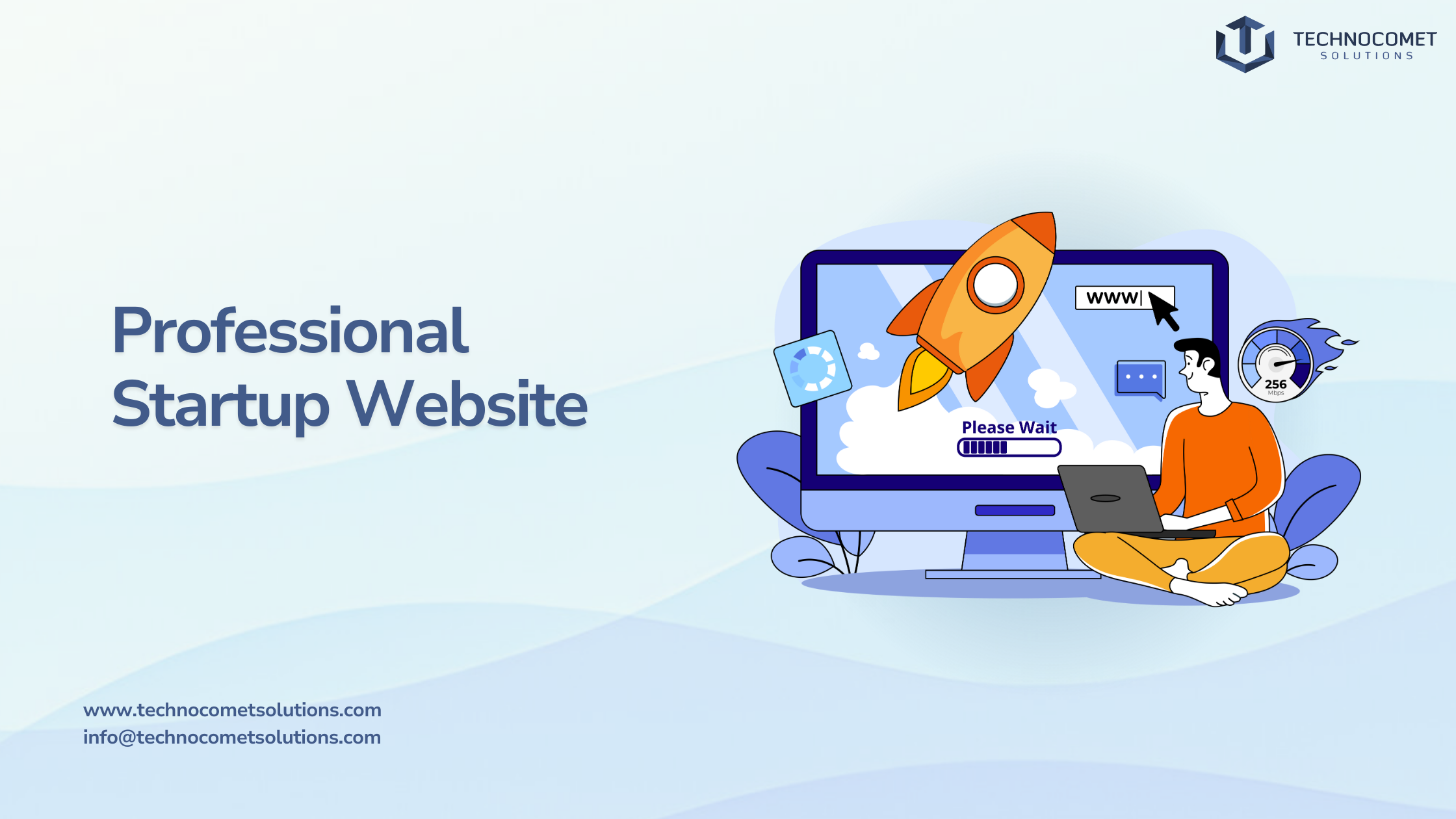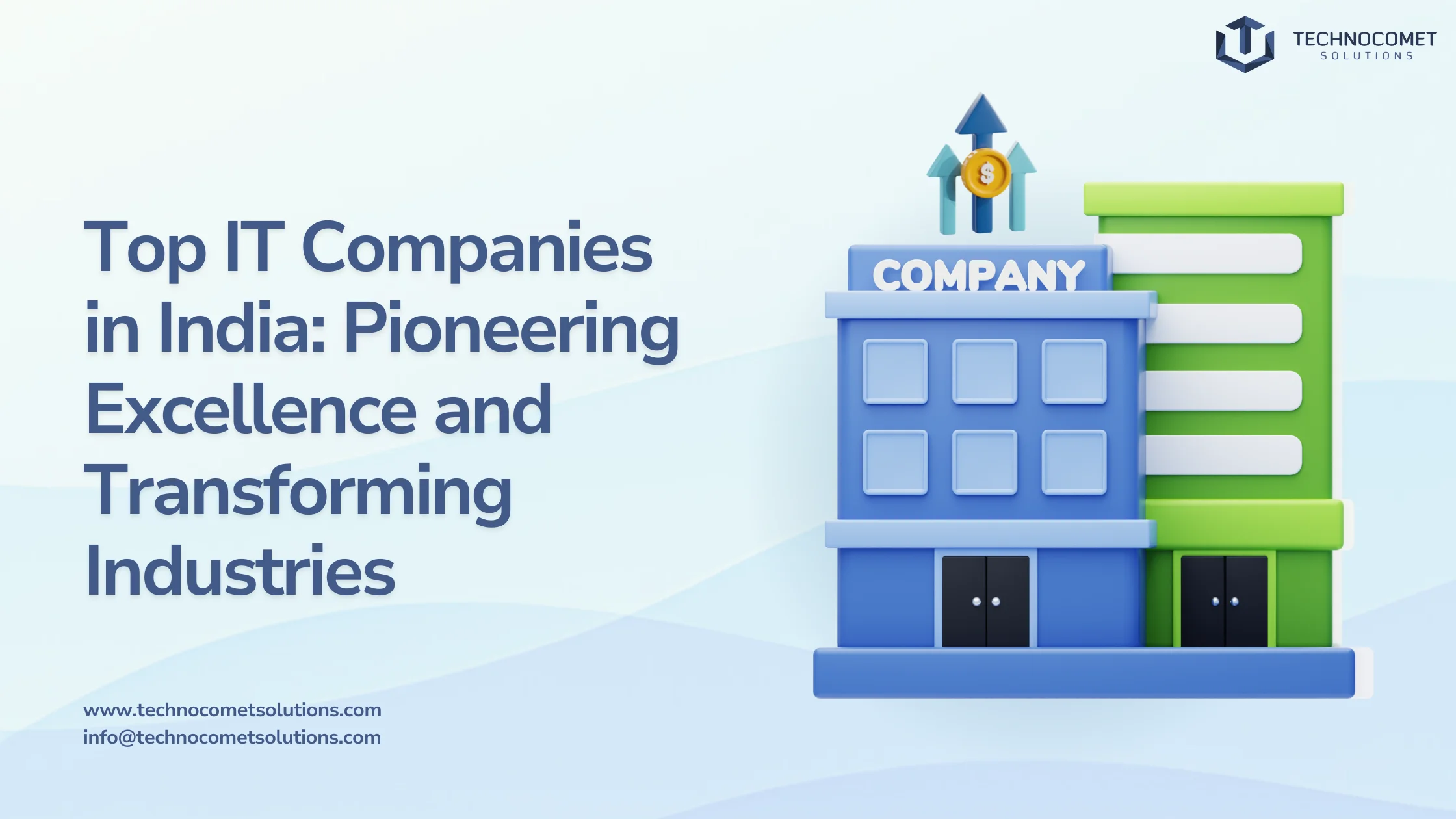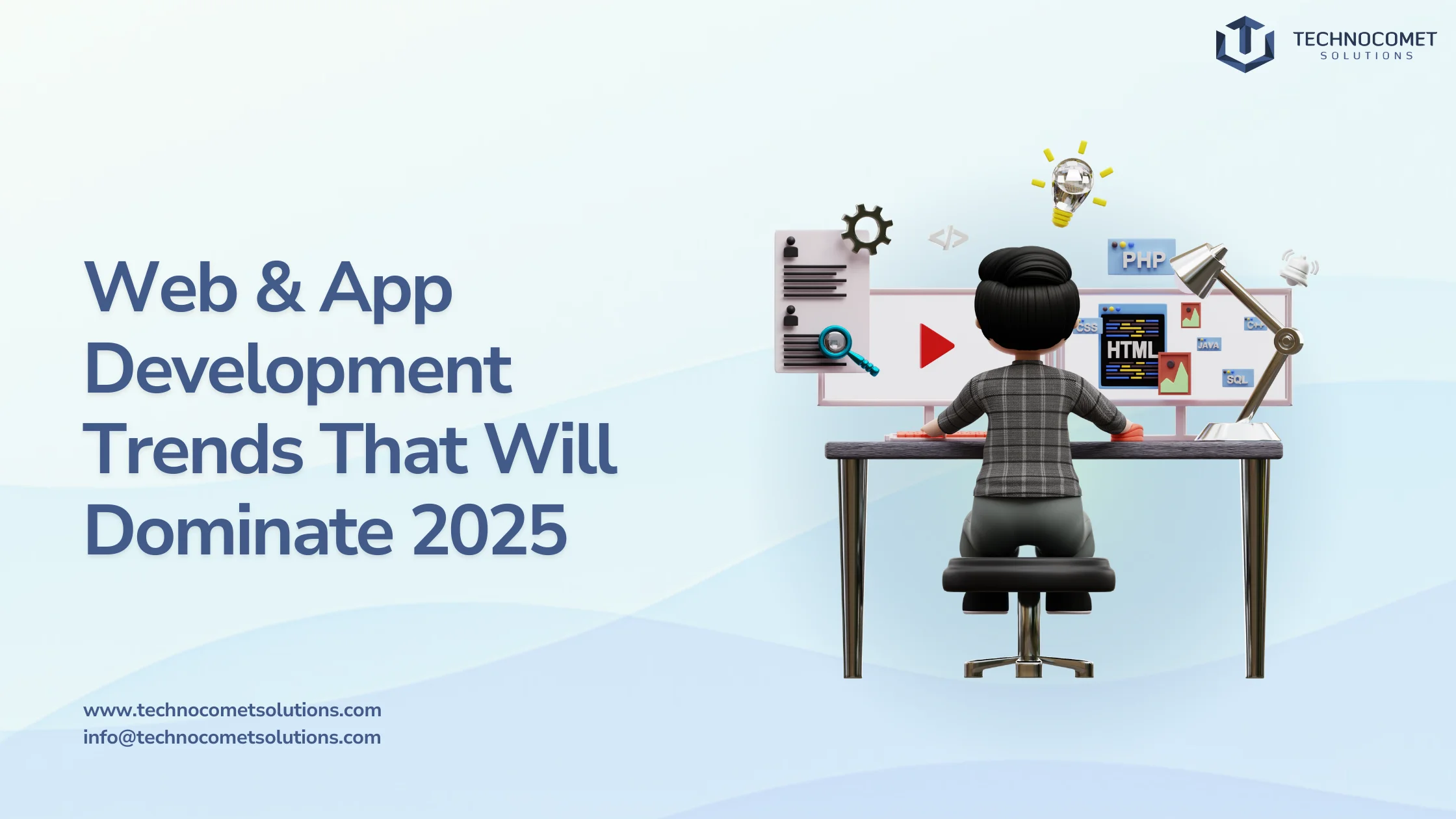Introduction
In today’s digital age, having a professional startup website is crucial for any startup looking to establish a strong online presence. A well-designed website showcases your brand’s identity and serves as a 24/7 sales representative, introducing your products or services to a global audience. It is a cost-effective marketing tool that can reach potential customers far and wide, establishing credibility and trustworthiness in the eyes of your target audience. This comprehensive guide will cover the essential elements of creating a professional startup website, from planning and design to content creation and technical essentials.
Planning Your Website
Before diving into the design and development of your website, it is crucial to define your brand identity and craft a compelling brand story. This involves identifying your target audience, conducting market research, and creating user personas.

Defining Your Brand Identity
Crafting a Compelling Brand Story
Your brand story should be engaging and memorable. It should convey your brand’s values and mission, highlighting what sets you apart from competitors. Use storytelling techniques to make your brand story come alive, focusing on the benefits your products or services offer to your target audience.
Choosing the Right Color Palette and Typography
Your color palette and typography should reflect your brand’s personality and resonate with your target audience. Choose colors that evoke emotions and are easy to read. Select typography that is clean, modern, and easy to read on various devices.
Identifying Your Target Audience
Conducting Market Research
Conduct thorough market research to understand your competitors and the market trends. This will help you identify gaps in the market and create a unique value proposition for your startup.
Creating User Personas
Create detailed user personas based on your research to represent different segments of your target audience. This will help you design a website that caters to their needs and preferences.
Design and User Experience (UX)
Designing an Intuitive Layout
The Power of Simplicity: Less is More
Keep your design simple and uncluttered. Avoid overwhelming users with too much information or complex navigation.
Creating a Seamless Navigation
Create seamless navigation that allows users to find what they are looking for easily. Use clear and concise labels for menus and buttons.
Mobile Responsiveness: Designing for All Devices
The Importance of a Mobile-First Approach
Design your website with a mobile-first approach, focusing on the user experience on smaller screens first. This will ensure that your website is optimized for mobile devices.
Testing Across Multiple Devices and Browsers
Test your website across multiple devices and browsers to ensure that it functions correctly and looks great.
Content Creation
Crafting Engaging and SEO-Friendly Content
The Art of Storytelling in Web Content
Use storytelling techniques to make your content more engaging and memorable. Focus on the benefits your products or services offer to your target audience.
Using Keywords Naturally and Effectively
Use keywords naturally and effectively throughout your content. Avoid keyword stuffing and focus on providing valuable information to your users.
Visual Content: Images, Videos, and Infographics
Choosing High-Quality Images
Choose high-quality images that are relevant to your content and visually appealing.
Incorporating Videos to Boost Engagement
Incorporate videos to boost engagement and provide a more immersive experience for your users.
Technical Essentials
Choosing the Right Website Builder or CMS
Comparing Popular Platforms: WordPress, Wix, Squarespace, and More
Compare popular platforms to determine which one best suits your needs. Consider factors such as ease of use, customization options, and scalability.
Essential Features to Look For in a CMS
Look for essential features such as drag-and-drop editors, mobile responsiveness, and SEO optimization.
Web Hosting: Finding a Reliable Provider
Understanding Different Types of Hosting: Shared, VPS, and Dedicated
Understand the different types of hosting options, including shared, VPS, and dedicated hosting.
Tips for Ensuring Uptime and Speed
Ensure uptime and speed by choosing a reliable hosting provider and optimizing your website’s performance.
SEO and Analytics
Implementing On-Page SEO Best Practices
Optimizing Meta Tags and Descriptions
Optimize meta tags and descriptions to provide a clear summary of your content.
Structuring URLs for Better SEO
Structure your URLs to make them easy to read and understand.
Off-Page SEO: Building Backlinks and Social Signals
Effective link-building-strategies
Use effective link-building strategies such as guest blogging and broken link-building.
Leveraging Social Media for SEO
Leverage social media to increase your website’s visibility and drive traffic.
Security and Maintenance
Implementing Security Best Practices
Implement security best practices such as using SSL certificates, regular backups, and updates.
SSL Certificates: Why They Matter
Use SSL certificates to ensure that your website is secure and trustworthy.
Regular Backups and Updates
Regularly back up your website and update your software to prevent security breaches.
Ongoing Website Maintenance
Perform ongoing website maintenance to ensure that your website remains secure and up-to-date.
Monitoring Performance and Fixing Issues
Monitor your website’s performance and fix issues promptly to ensure a positive user experience.
Keeping Content Fresh and Relevant
Keep your content fresh and relevant by regularly updating your website with new information and offers.
Conclusion
Creating a professional startup website requires careful planning, design, and content creation. By following the guidelines outlined in this comprehensive guide, you can create a website that effectively communicates your brand’s identity and resonates with your target audience. Remember to prioritize user experience, SEO, and security to ensure a positive and engaging experience for your users.
Ready to elevate your startup’s online presence? TechnoComet Solutions offers expert IT services to help you create a professional, high-performing website. Whether you need design, development, or ongoing support, our team is here to ensure your digital success. Contact us today!
FAQs
A professional startup website should have a clear and concise message that effectively communicates your brand’s identity and value proposition.
Ensure your website is mobile-friendly by designing with a mobile-first approach, using responsive design, and testing across various devices and browsers.
Optimize your website for search engines by using relevant keywords, meta tags, and descriptions, and by structuring your URLs and content for better SEO.
Maintain and update your website regularly by scheduling regular backups, updating software and plugins, and monitoring performance to ensure a smooth user experience.







